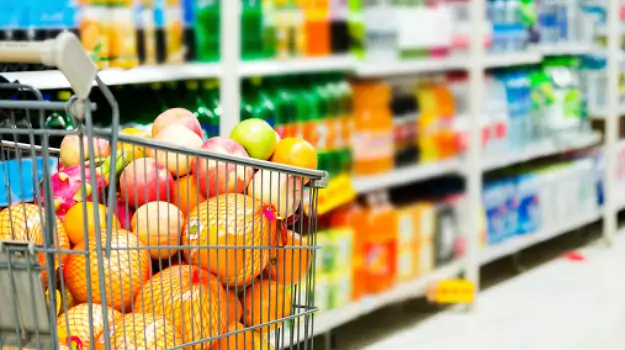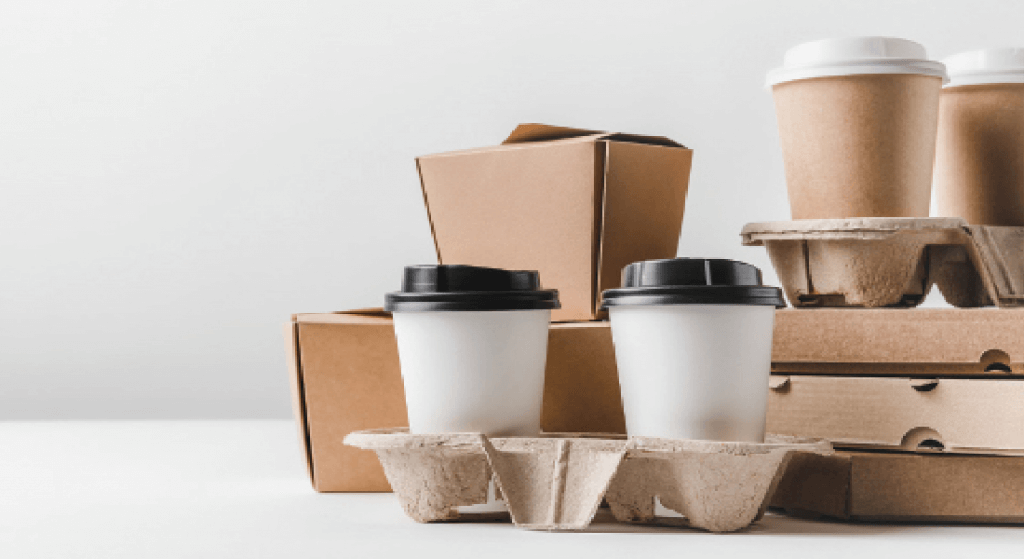The convenience, environmental benefits, and cost of bottled and jarred packaged goods are just a few of the advantages of using these foods. However, they do have some drawbacks. Here are some tips to help you decide whether bottled or jarred packaged foods are better. These products are often made on a huge industrial scale. Read on for some benefits and drawbacks of bottled and jarred goods.
Also Read: bagged packaged goods
Cost
Bottled and jarred packaged goods are not cheap, and the price of each type is different. Jarred goods only require the raw materials, while bottled goods require packaging and transportation. Many premium brands have jarred goods, while others compete by making their packaging more attractive. Regardless of the packaging type, manufacturers should compare costs to find the best value for their money. Here are a few pros and cons of each type.
Often, bottled and jarred packaged goods are less expensive than their fresh counterparts. This can be attributed to a variety of factors. The Food & Beverage industry expects a faster growth in bottled and jarred packaged goods in the coming years than in other categories. For example, many jarred items have long shelf lives and are ideal for keeping foods fresh. Jarred packaged foods are also airtight, waterproof, and light-free.
Another drawback of packaged foods is their bulkiness. They weigh more than fresh foods, which can affect transport and utility. Packaging also increases production costs. Although most bottled and jarred foods are safe for human consumption, some may require proper handling, storage, or heating before consumption. However, despite these disadvantages, many people prefer canned foods over glass. Here are the pros and cons of both types of packaged goods.
Compared to fresh foods, bottled and jarred packaged goods are more sustainable and have less negative impact on the environment. Bottled packaged goods are also easy to store, since they are more convenient to store and do not require opening. Jarred goods can also be stacked in the pantry. It’s not uncommon to find these options in grocery stores. You can choose between bottled and jarred packaged goods based on your needs.
Environmental impact
While jarred and bottled packaged goods look similar, jars are more environmentally friendly. Glass is more delicate than plastic and requires more care during packaging. Consumers may also have difficulty opening bottles, which are hard to store in a cabinet. Bottles also lack freshness, which can result in the need for more frequent trips to the grocery store. Jars are also more expensive than bottles. However, jars can be recycled.
Plastic is cheaper and easier to transport than glass, so it’s often the preferred container choice for businesses. Additionally, glass is 100 percent recyclable, and it’s easy to clean and sterilize. Jars and bottles made of plastic can be recycled, but their materials degrade after each cycle. Instead of making new bottles, they can be used to make synthetic clothing, tapestries, or other items. This process is called downcycling.
In addition to their cost, jarred and bottled foods are also more convenient for people on the go. They’re more portable, and most of them contain more vitamins and minerals than their unpackaged counterparts. Moreover, jarred and bottled goods tend to be healthier than canned foods and don’t contain harmful chemicals. This means that the environmental impact of these goods can’t be underestimated.
In addition to being more eco-friendly, jarred and bottled packaged goods are also more convenient to use. Jars are reusable, last longer than canned goods, and don’t use petroleum products. Bottled goods are also easier to clean and are less likely to spoil than unpackaged foods. And because of this, jars and bottled goods are a great option for environmentally conscious consumers.
The popularity of bottled and jarred packaged goods is increasing globally. Many consumers find these packaged goods to be more convenient than those they would buy on their own. Besides, the packaging keeps the products fresh and preserves their quality. Besides, jarred and bottled goods are also more affordable than canned products. The cost of jarred and bottled packaged goods is lower than the cost of making and transporting them.
Convenience
Bottled and jarred packaged foods are convenient and often contain hidden health risks. They are branded with the name of the company that produces them, making them easier to identify. Labels on packaged foods include the ingredients, production date, expiration date, and size. Jarred and bottled goods come in a variety of containers, including glass jars and cans. The packaging helps to ensure that the product is safe for consumption and that it has not undergone a chemical or manufacturing process that could damage the product.
Bottled and jarred packaged foods are increasingly popular among consumers. These packaged goods are often stored at room temperature and are easy to carry. Most are sealed in glass or plastic, to ensure their freshness. Several types of packaged foods are jarred and bottled, including beverages, fruits, and vegetables. The convenience of jarred and bottled packaged goods is one of their biggest benefits.
Packaged foods can vary in flavor, texture, and size. The type of packaging used determines the class of product. Glass bottles are common in packaged goods industries and are easy to produce, cheap, and environmentally safe. Glass bottles also extend the shelf life of foods. Jars and bottles contain aluminum, which is a common element in many products. Some products in jars and bottled goods also contain sugar or other additives.
Bottled and jarred packaged goods are often more durable than jarred ones. Bottled goods contain air that helps prevent discoloration, which extends the life of the product. Jars, on the other hand, keep food fresher longer because they are sealed and not exposed to air. These advantages have made them a popular choice among consumers. So, when choosing between bottled and jarred packaged goods, it’s important to find out which one suits your needs best.
Although most of these products are perfectly safe to eat, some foods should be handled carefully. For example, some fruits need to be kept refrigerated, and others must be reheated before consumption. Whether you’re looking for convenience or a higher quality product, the grocery store is bound to have a product that suits your needs. And the convenience and affordability of packaged goods has increased exponentially in recent years.
Reusability
Both bottled and jarred packaged products have a number of advantages. Not only are they more convenient, but they are also easier to store and transport than unpackaged food. Glass jars are more durable and can withstand more changes in temperature. In addition to being easier to transport, jarred goods are also easier to open and close than plastic bottles. You can also bring them anywhere and use them whenever you want.
Reusable bottled and jarred packaged goods are gaining in popularity because they have many advantages over other packaged food options. These products keep food fresher for longer, are cheaper to make, and are easily recyclable. This makes them a good choice for consumers who care about the environment and want to be conscious about their purchasing decisions. Unlike other types of packaged food, bottled and jarred packaged goods are more eco-friendly and cost-efficient.
Reusable bottled and jarred packaged goods are becoming more popular because they are convenient and easy to store. In addition to being more convenient, they reduce air pollution. Jarred goods are also more affordable than their bottled counterparts, so more consumers are turning to these products. So, what is the advantage of bottled and jarred packaged goods? For starters, they are more affordable.
While glass bottles are not reusable, plastic bottles are. They can be broken into small fragments and tossed on the ground. This means fewer bottles end up in landfills and less pollution. In the long run, this leads to a cleaner atmosphere. So, it is essential to use reusable packaging whenever possible. And remember: not all bottles can be reused. In fact, only about 9% of plastic bottles are recycled.
Choosing reusable packaging options is a great way to avoid wasting food. Jarred packaged goods are often cheaper than fresh food, so they can be a smart investment. They are also easy to identify, portable, and save you money in the long run. So, what’s the drawback? There are a number of them. You should consider the pros and cons of each and decide for yourself.









